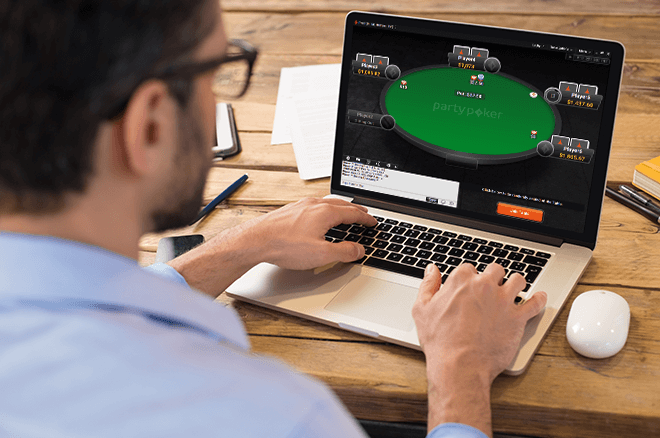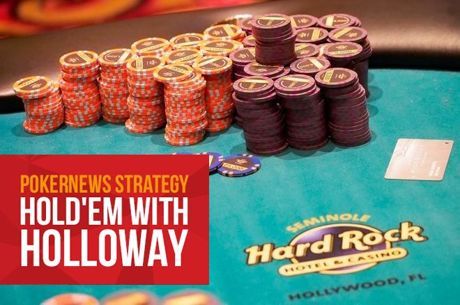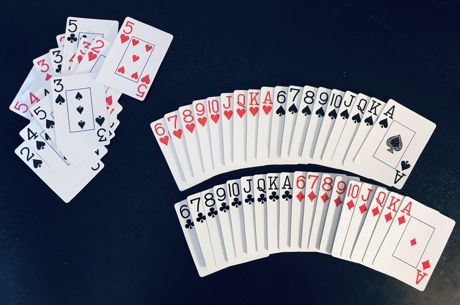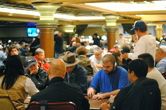A Theory About 'Residual Value' in Poker

I have a theory that in no-limit hold'em, players are more likely to make a calling mistake on the river if they had a flush draw on the flop or turn. We might describe this phenomenon as being unduly affected by "residual value" — that is, the value a hand had on an earlier street lingers somehow to influence a player's later action on the river (even when that value is no more).
If a player's hand has high potential on the flop or turn, say the player caught a pair and had a draw to go with it, but the hand ultimately goes unimproved, that player is more likely to call off with a bluff catcher on the river than otherwise — that is, if the player simply had that same bluff catcher from the get-go (without the draw).
Imagine a player calls preflop with ace-jack, flops an ace, then calls both the flop and turn with no draw. That player is more likely to fold to a river bet than would be the same player in the same spot who turns the nut-flush draw and then doesn't hit on the river.
This nonexistent value on the river truly is "residual," an attachment to a very recent past that often costs poker players a lot of money. Think of the river call as being like an after-midnight text sent by a person to an ex — a message unavoidably sent despite the sender being vaguely aware while doing so there's no hope of getting back together.
Let's take a look at an illustrative example of a player appearing to have allowed "residual value" to influence a river call.
Preflop, flop & turn
The game is 100NL short-handed, played online, with three players seeing the flop. Unusually, the button and both blinds aren't involved — all three folded after the under-the-gun player raised to $2.30 and the player in middle position and the cutoff both called.
The flop came 10♥8♣6♦, and UTG continued with a bet of $5.59. In between a rock and a hard place, the middle position player called. Then the cutoff player, a somewhat reckless amateur playing an enormous $850 stack, made a raise to $20. Our UTG hero, having started the hand with $180, called the raise, and MP folded.
The turn brought the 2♣ and the action went check, bet $51.50, call.
At this point it is hard to imagine the cutoff, as reckless as the player's reputation may be, as having too many bluffs. He had position in the hand. He could have just called with Q-J in position, for example.
If the cutoff is truly wild, of course, the player could be bluffing with any 9-x or 7-x, or with any two clubs that raised the flop then turned a flush draw. But again, returning to the initial point, the cutoff had position on the flop, with two opponents putting money into the pot.
The river was the 5♦, making the final board 10♥8♣6♦2♣5♦ and completing only a couple of incredibly obscure draws (7-4 or 4-3) or a very aggressively played 6-5 hand. Sure, players like this amateur can hold these hands, but overall the river is as blank as it comes.
River attachments
UTG checked, and when the cutoff shoved for $106 effective, UTG called with all he had left.
At showdown it was revealed UTG had called with A♣10♣, having flopped top pair, top kicker and then turned the nut-flush draw (which didn't complete).
It is my contention that most poker players this side of Phil Ivey will be more likely to call in this river situation with A♣10♣ than with (say) A♦10♦, a hand with precisely the same absolute value after the river was dealt.
On this occasion, the recreational player on the rush ended up stacking the regular for a $366 pot with 8♦6♥, having flopped two pair.
Let's examine the UTG player's call a little further. Is A♣10♣ actually an equal bluff catcher to A♦10♦? In fact it is not, because some portion of the cutoff's turn bluffing range is a turned club draw. And therefore some amount of the cutoff's river bluffing range is missed clubs.
All other things being equal, then, A♦10♦ would actually be a superior river bluff catcher to A♣10♣ in this exact situation. But psychologically there is a pull on the player holding A♣10♣ not to let go of the pot after having had that sweet draw just before.
Their hand was so good! Like just one second earlier!
In fact, I would wager the player with A♦10♦ is more likely to let go on the turn, whereas a player holding A♣10♣ is never going to let go on the turn (not that the player should). So we find ourselves in a strange situation where the better river bluff catcher folds the turn more often and the worse river bluff catcher calls the river more often.
There is an easy rule to follow to help try to turn these tendencies around. Particularly against amateur players, let go on the river if you had a big draw on the turn. Whether that was K-Q on a Q-T-9-5 board, or A♣10♣ in this example, what your hand could have been will always naturally cloud your judgment.
And until you are Phil Ivey, it makes sense to develop rules for yourself to avoid the fate of all other humans.









